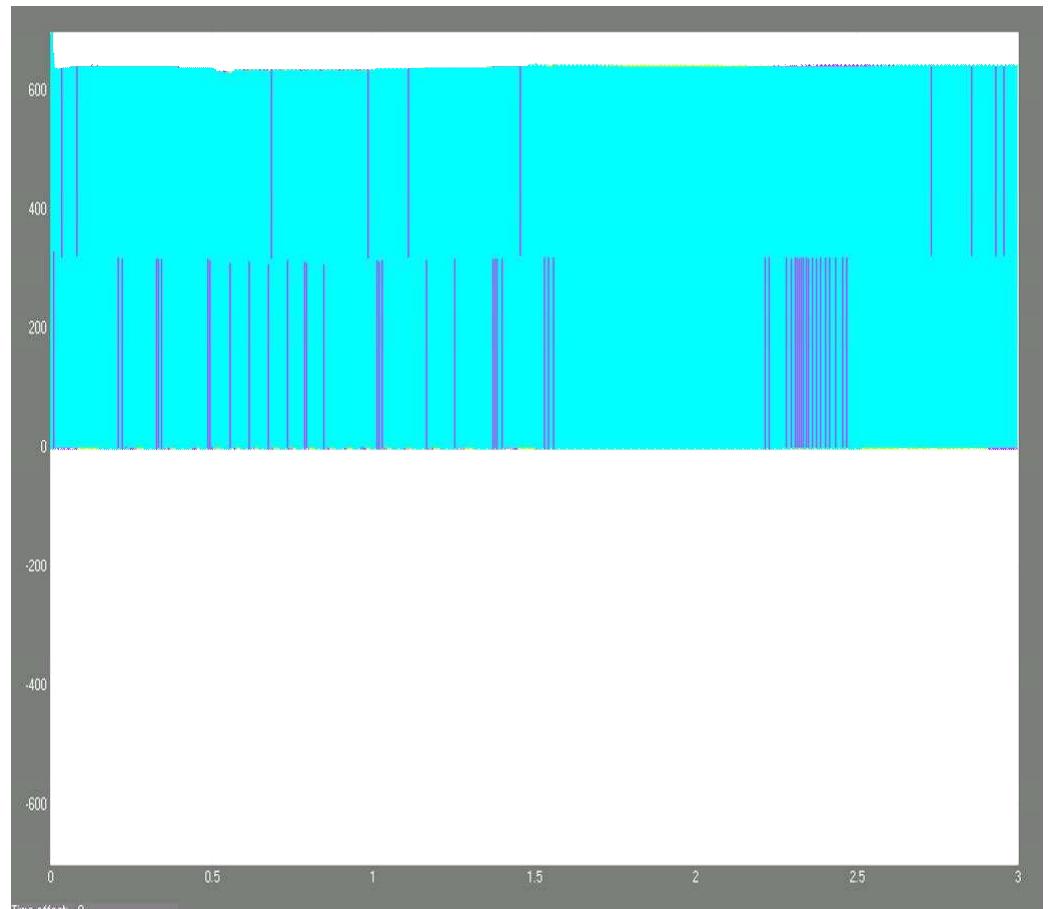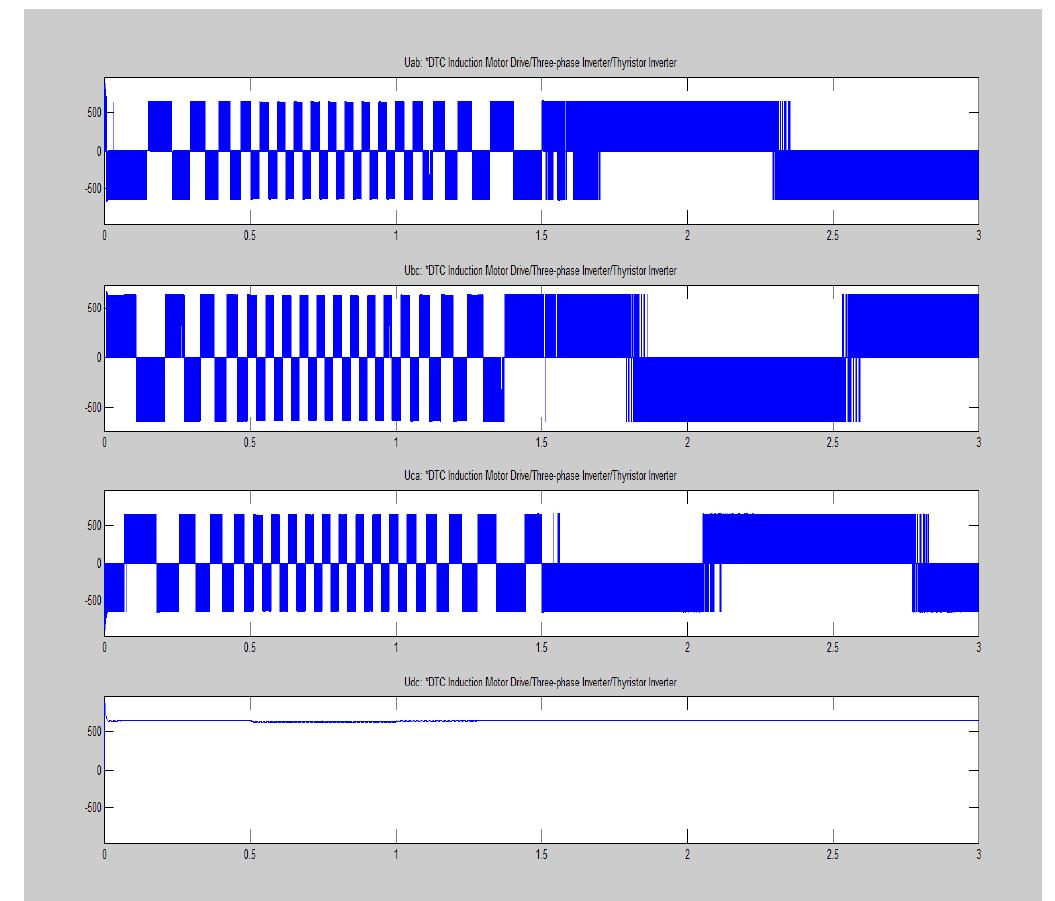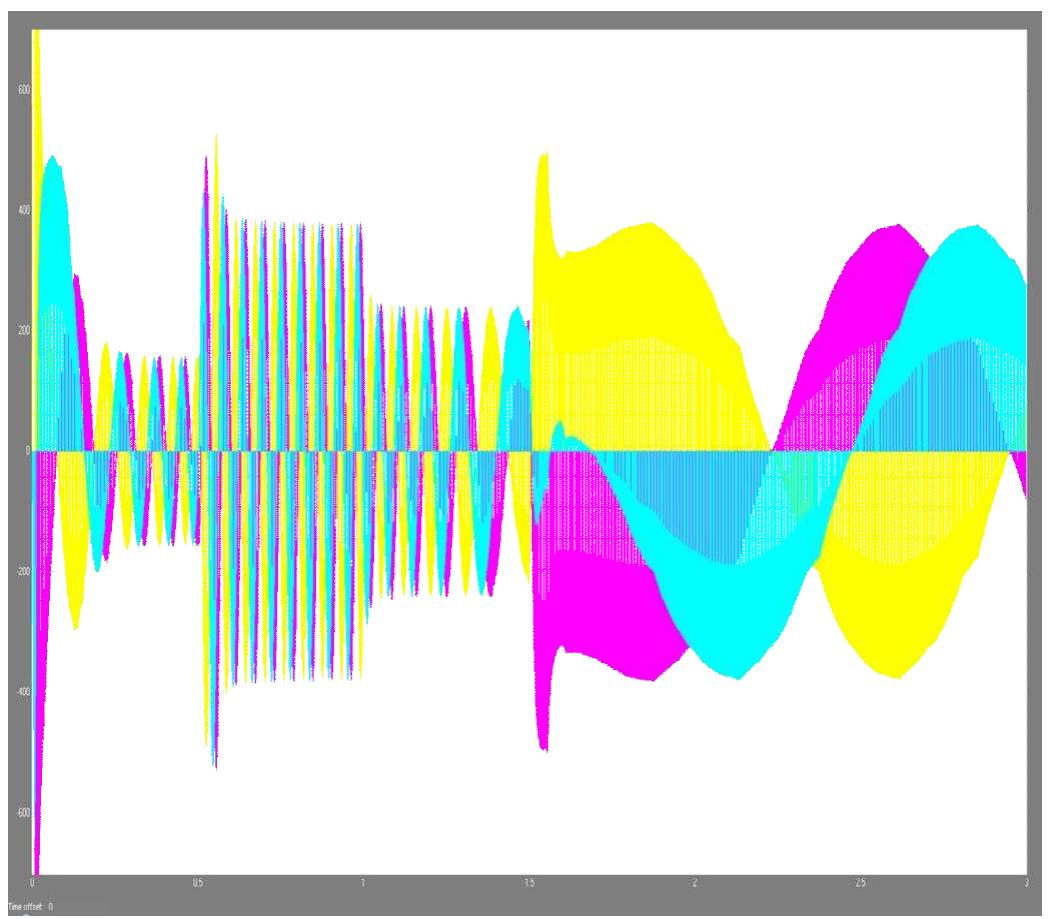Figure 1 – uploaded by Angelo Beltran Jr.

Figure 1 Matlab/Simulink design flow process for the DTC SVPWM performance is analysed to demonstrate the effectiveness of direct torque control based space vector pulse width modulation technique and strategy for speed and torque control of a three-phase alternating current induction motor. As shown in figure 1, the simulation model of the whole system is built using the Matlab/Simulink software. The whole flow diagram process invokes the corresponding parameters and block diagram and is run by aclosed loop system design. Analysis, creativity and critical thinking takes place during the design and development of the direct torque control based space vector pulse width modu ation of a two level inverter fed three phase alternating current induction motor. Computer simulation results and the who e performance and behavior of the system are examined. The design for the direct torque control based space vector machine is shown in figure 2. pulse width modulation state The speed reference and load torque sets the initial states. The speed controller supplies the necessary flux and torque to the direct torque control space vector pulse width modulation controller which performs complex calculations for the switching frequency to feed the gates of three phase thyristor inverter.


















